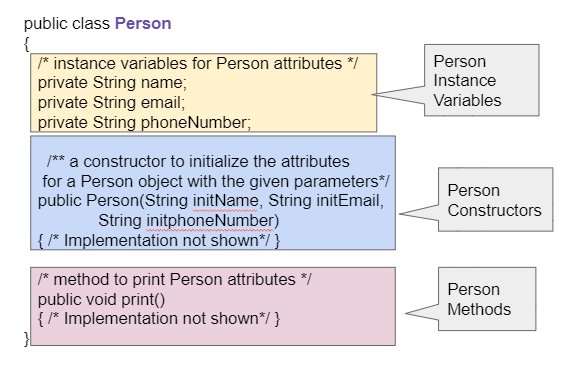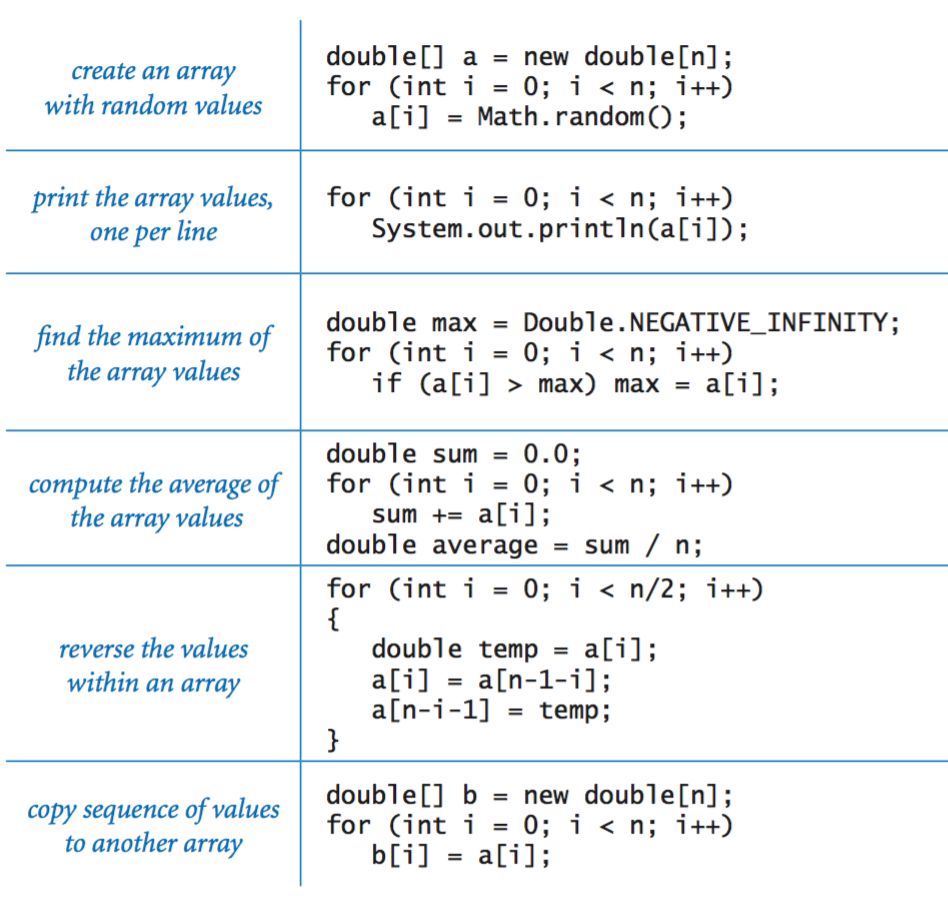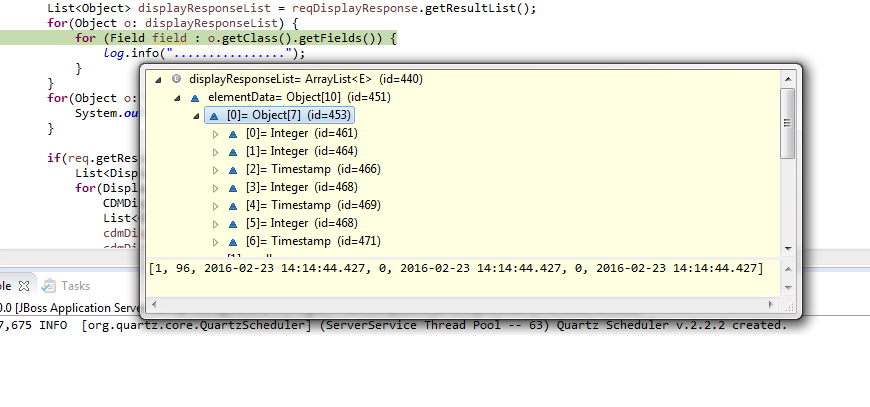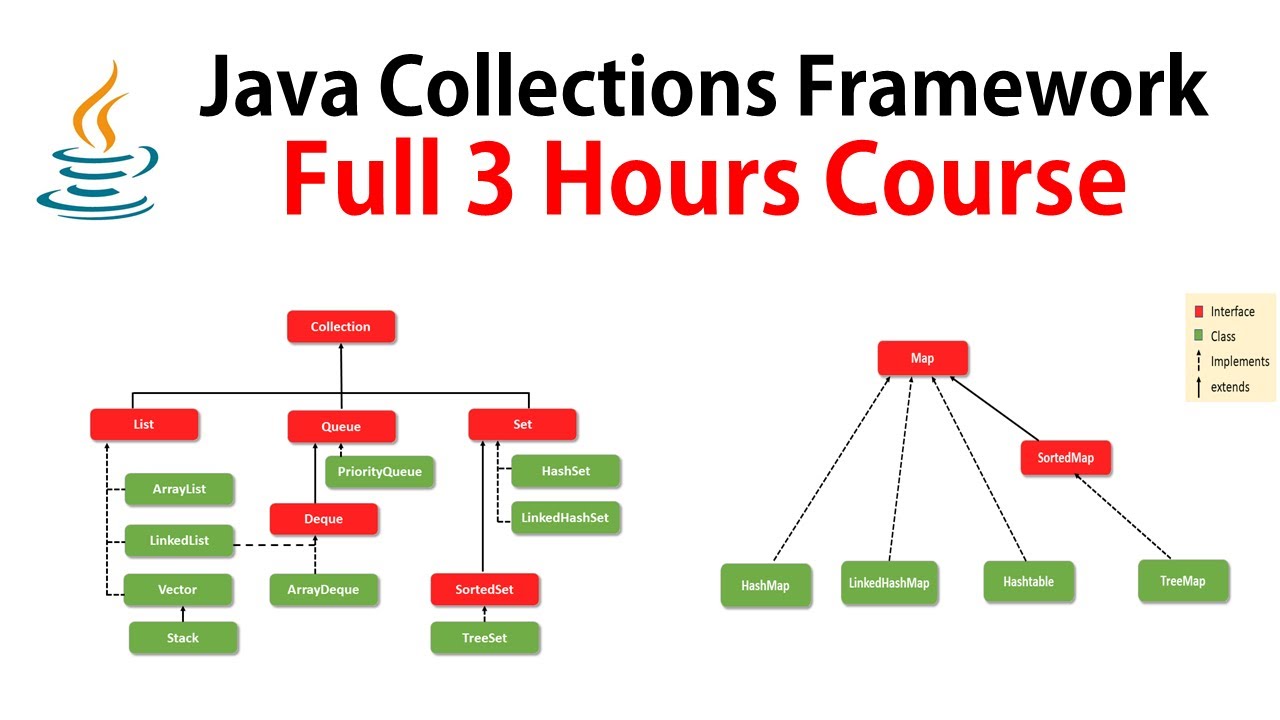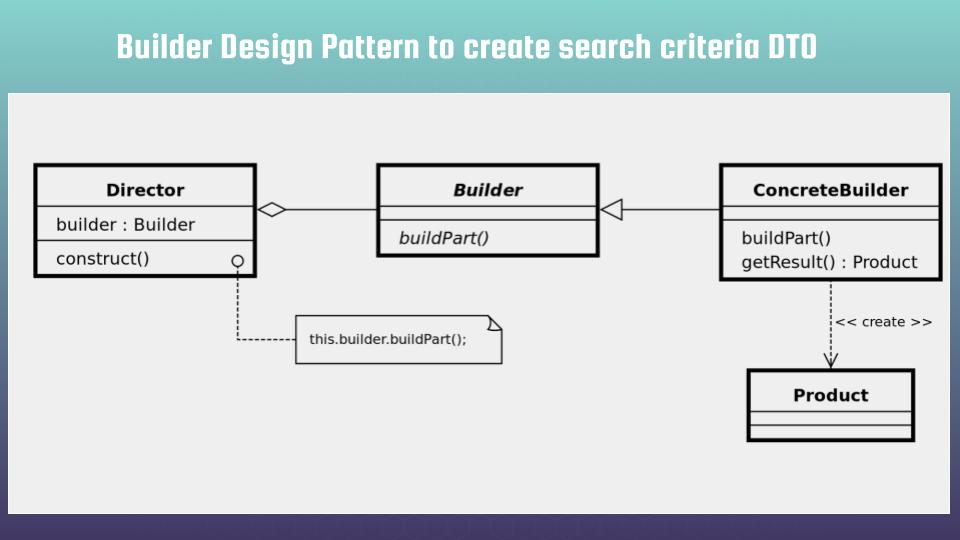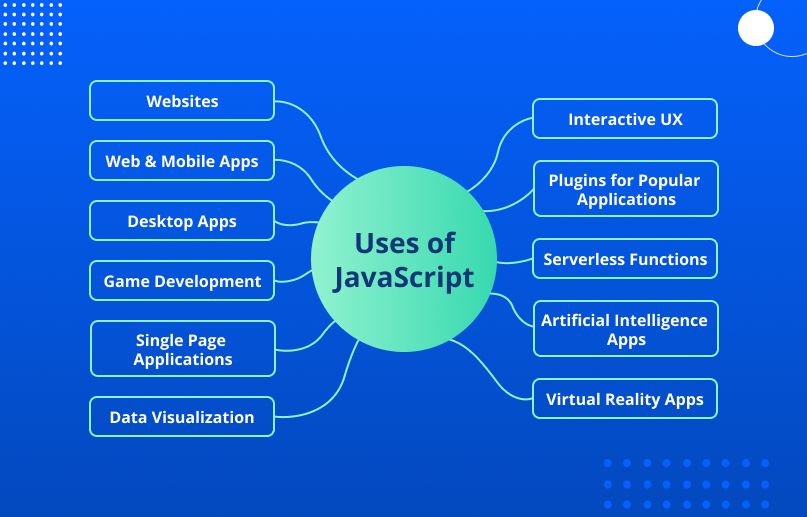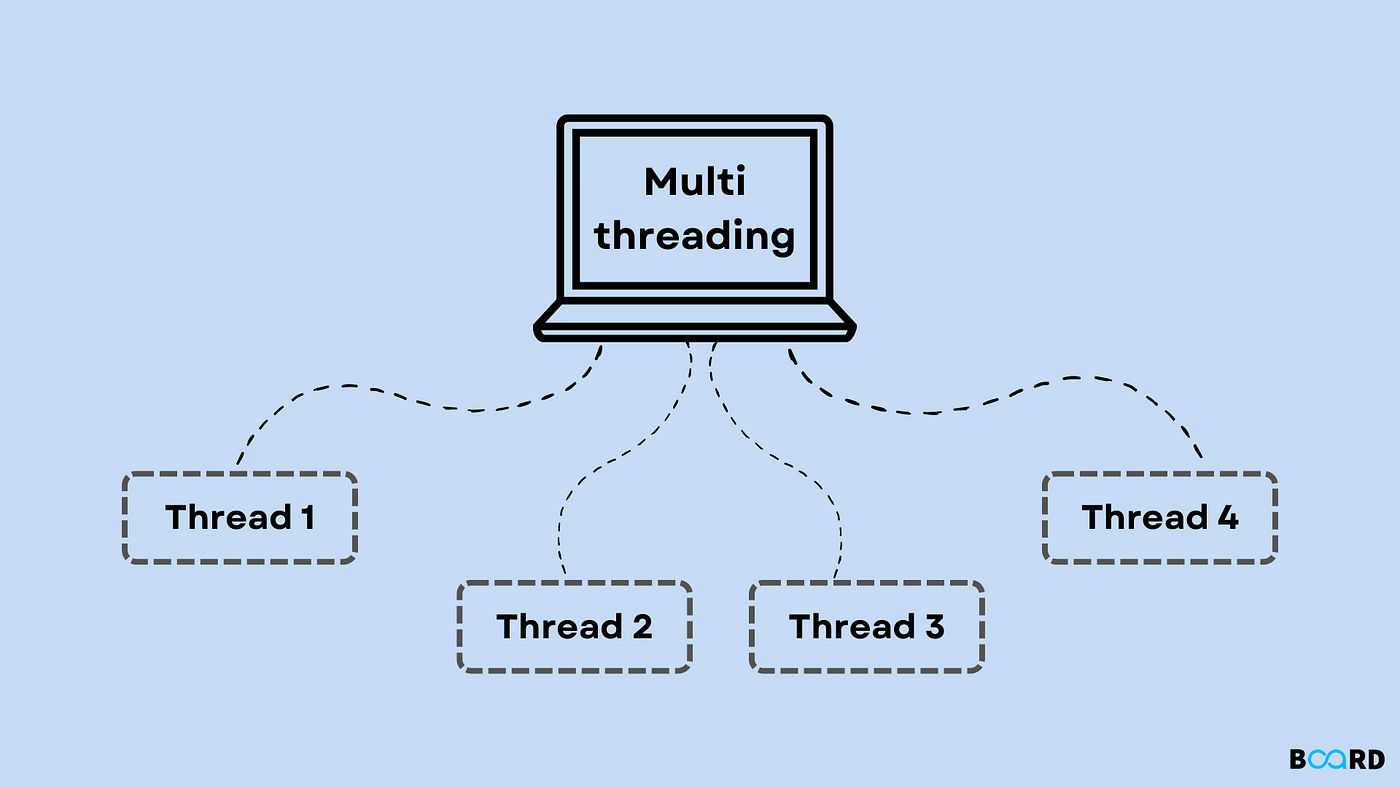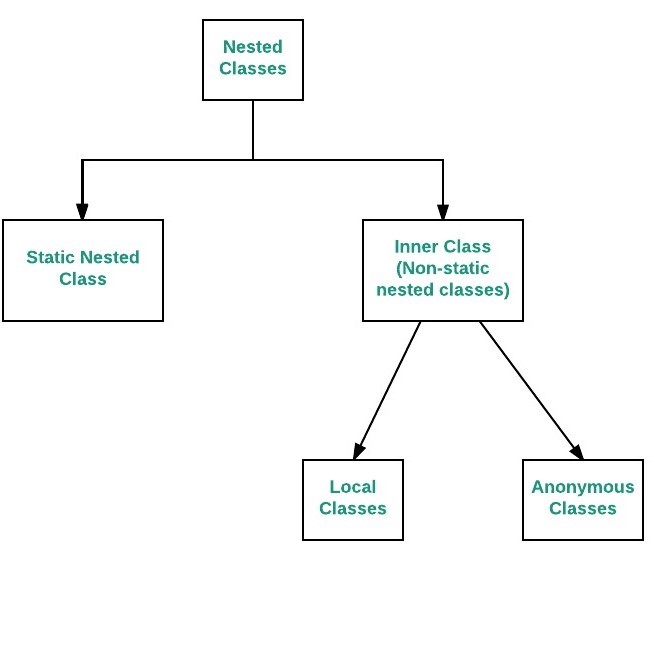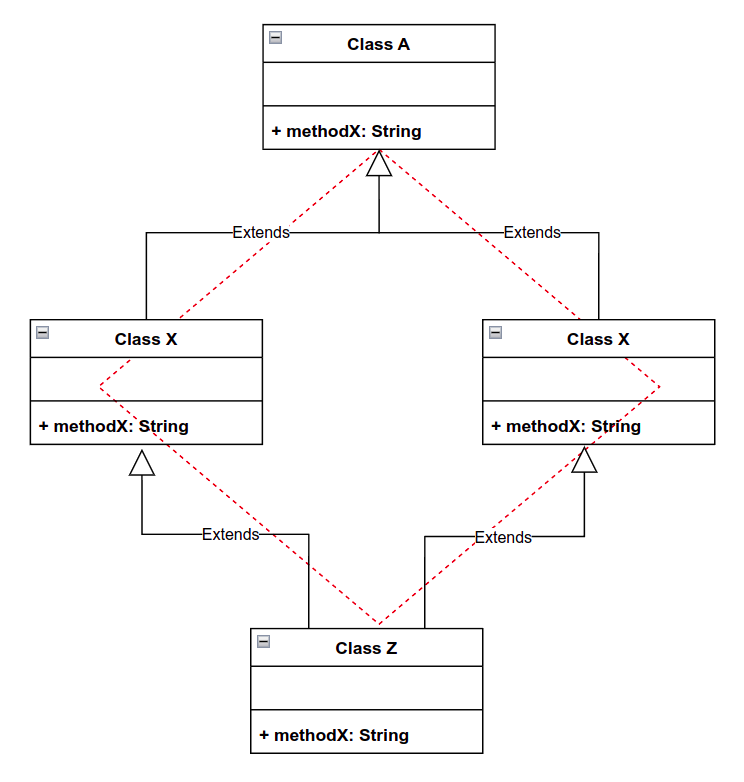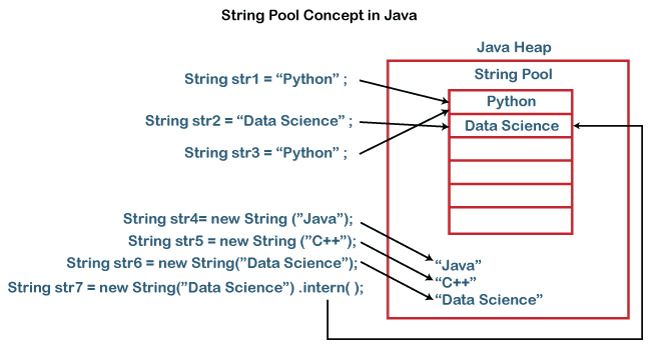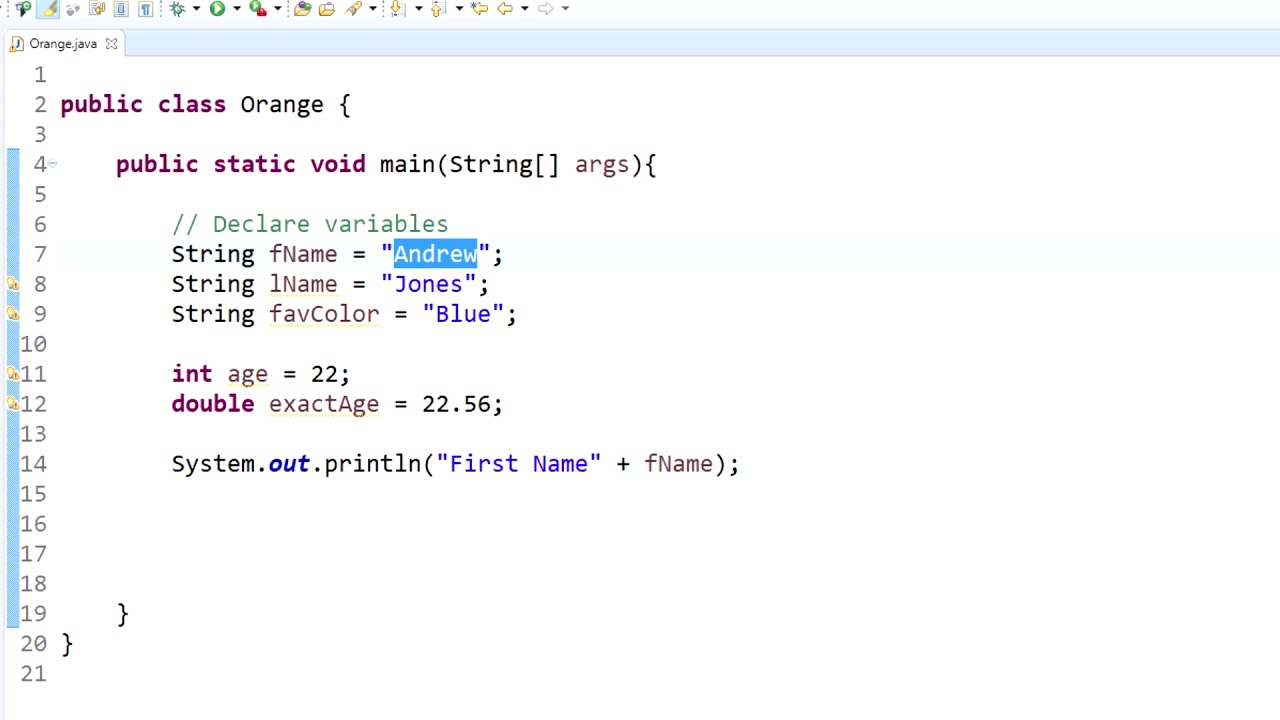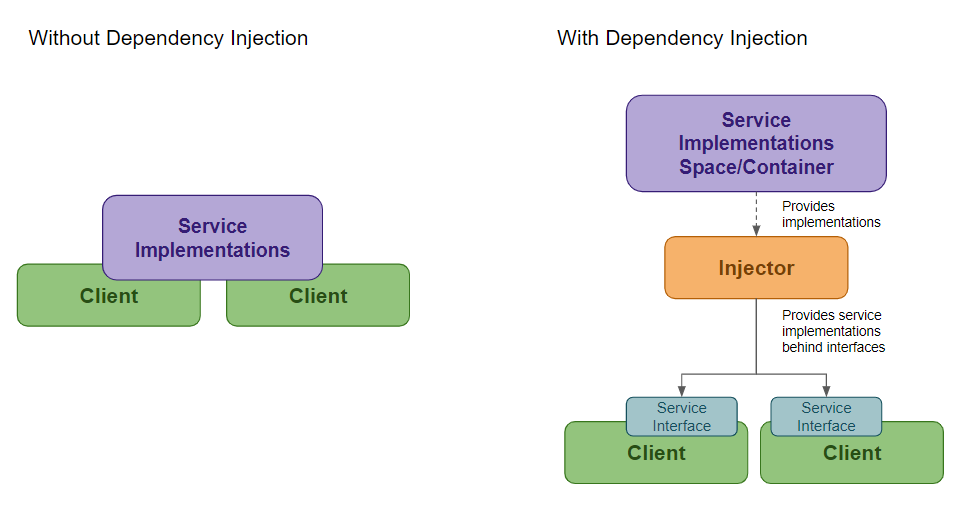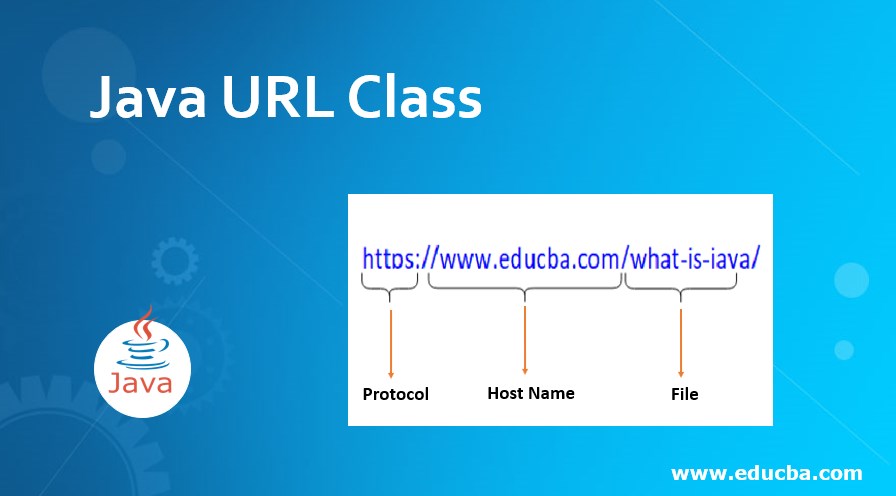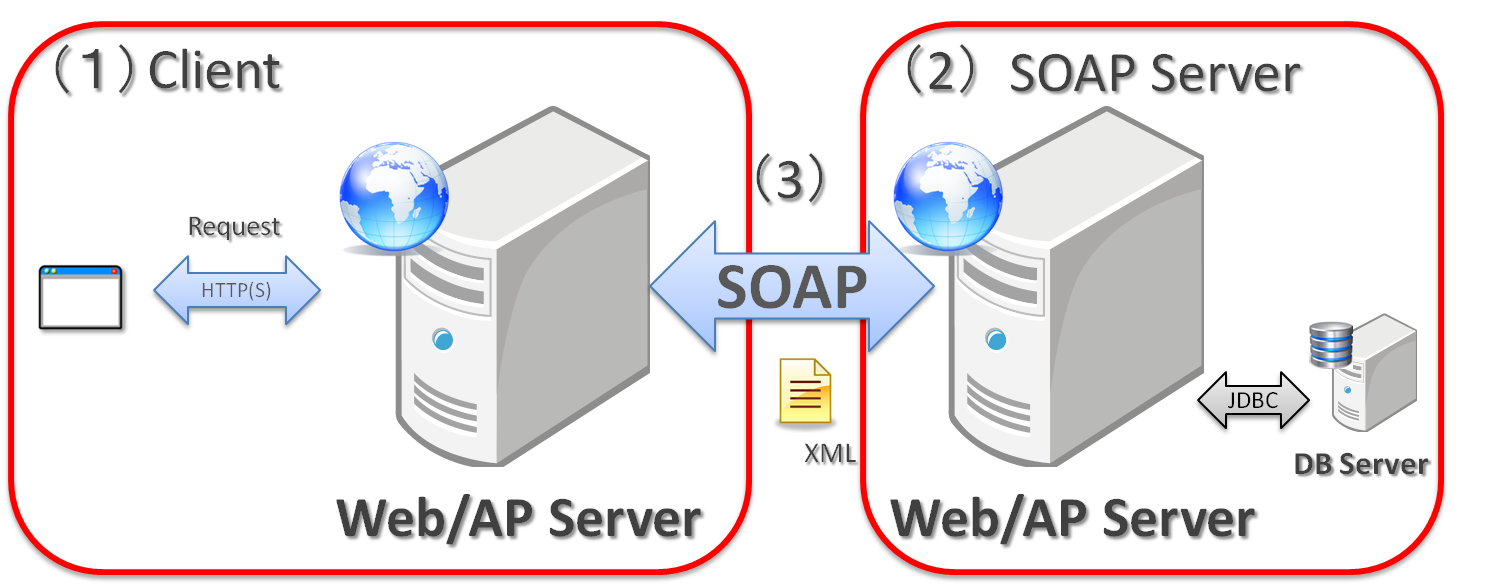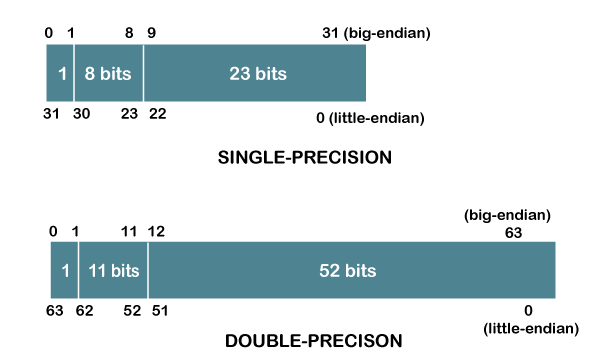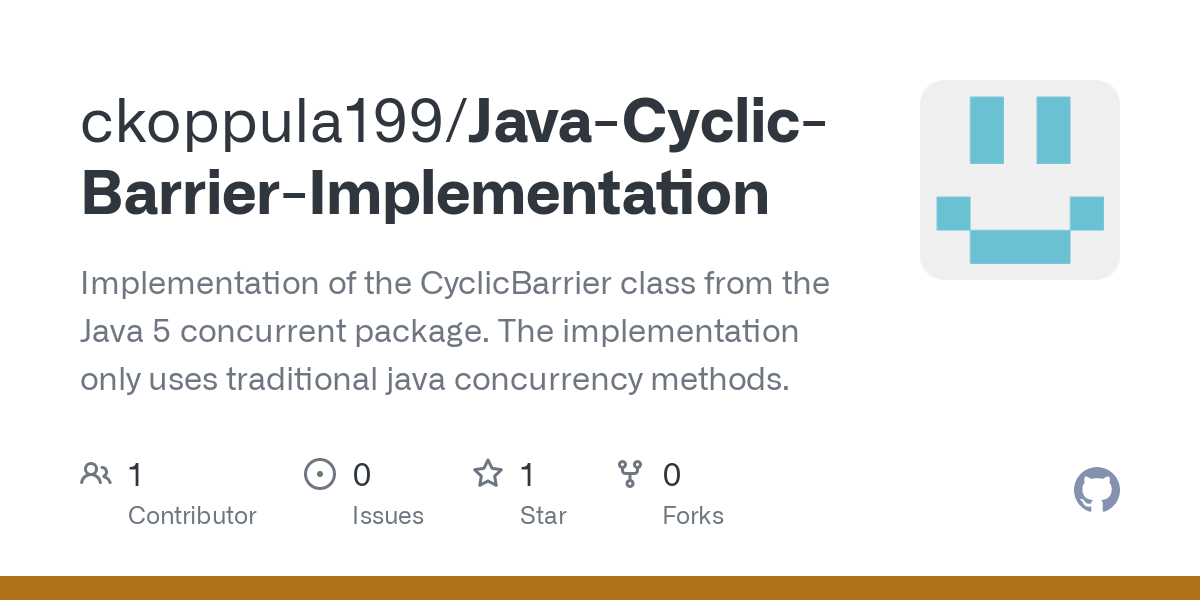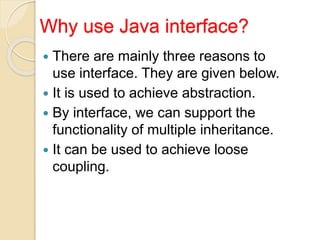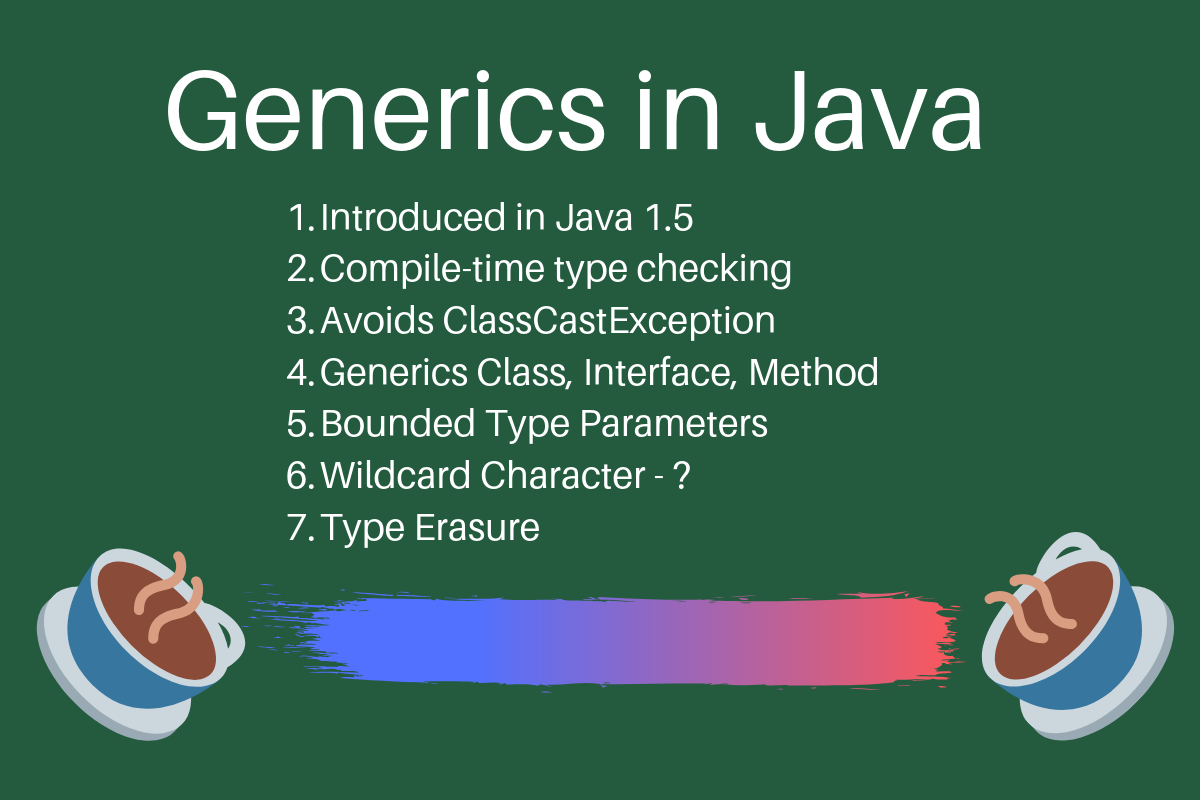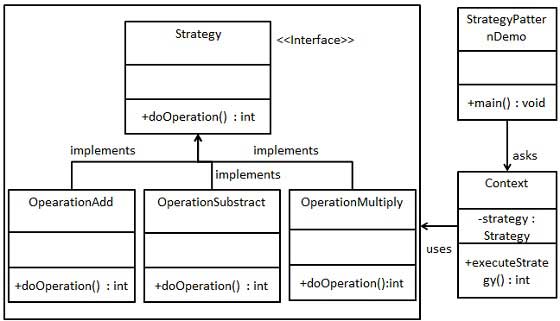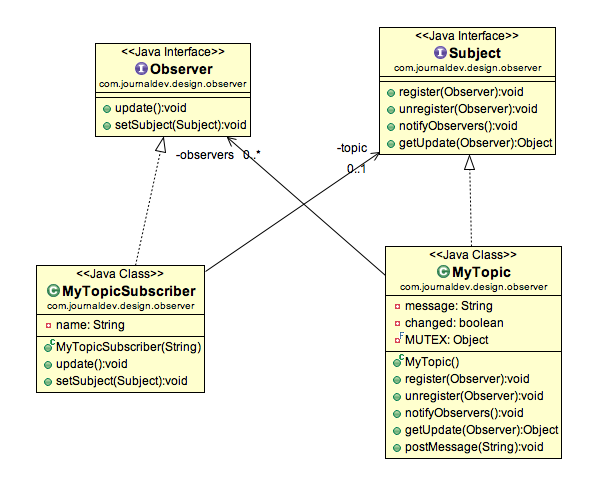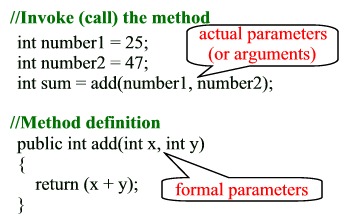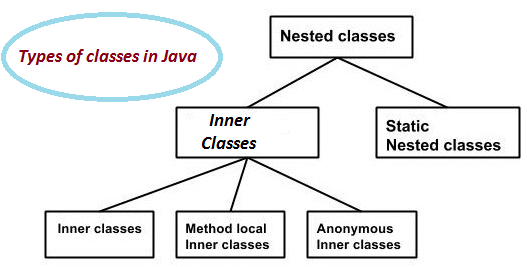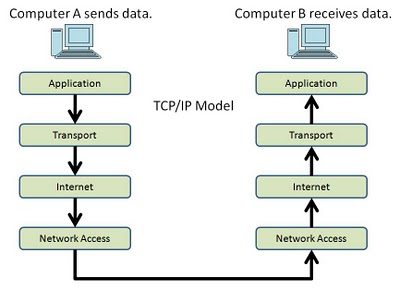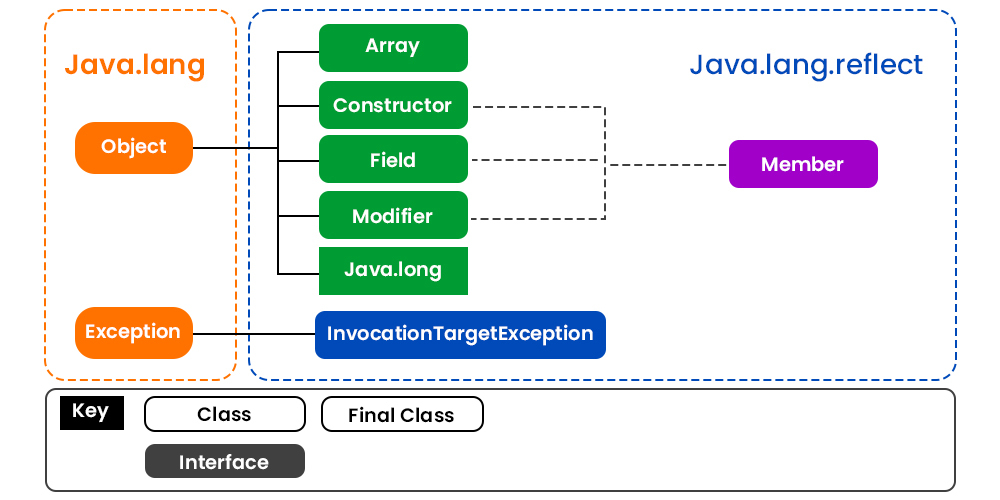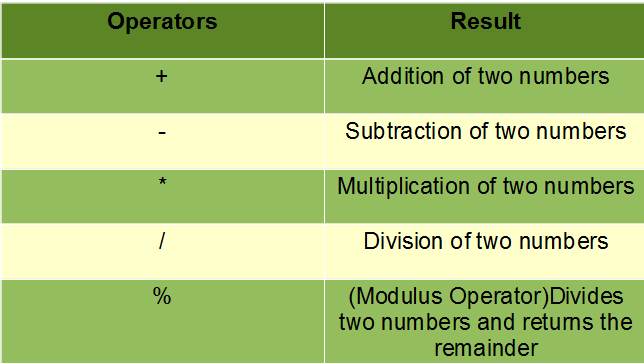How to read XML file in Java without parser
How to read XML file in Java without parser
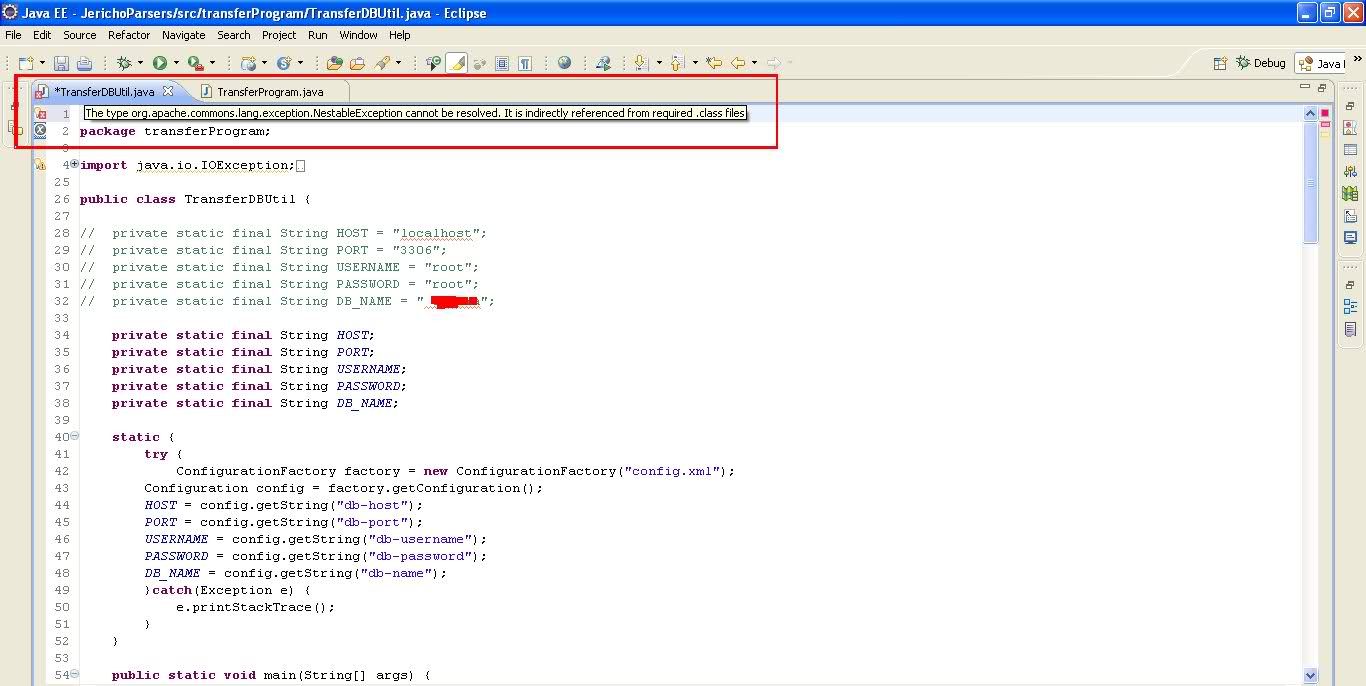
I'm happy to help!
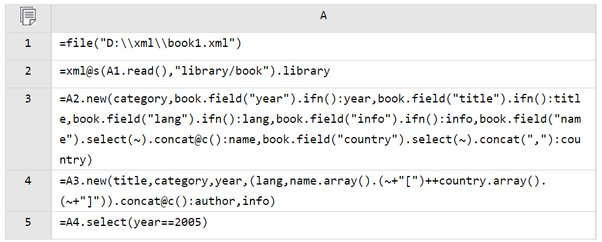
Reading an XML file in Java without using a parser may seem counterintuitive, as parsers are designed to handle the complexities of XML documents. However, it is possible to extract specific information from an XML file by using various Java techniques and algorithms.
Before we dive into the details, let's clarify that there is no straightforward way to read an entire XML file without using a parser. Parsers are optimized for parsing XML, and attempting to do so manually would be error-prone and likely inefficient. However, if you only need to extract specific elements or attributes from an XML file, it might be possible to do so using various Java techniques.
Here are a few ways to achieve this:
String manipulation: You can read the XML file as a string usingFiles.readString() (Java 11+), and then use regular expressions, substring, or other string manipulation methods to extract specific information. This approach is limited, as you would need to know the exact structure of the XML document. Character streams: You can create a character stream from the XML file and read it line by line or character by character. This allows you to process individual elements or attributes without using a parser.
For example, let's say you have an XML file like this:
John
30
Jane
25
To extract the person names without using a parser, you could read the file line by line and use regular expressions to match the <name> elements:
import java.io.BufferedReader;
import java.io.FileReader;
import java.util.regex.Matcher;
import java.util.regex.Pattern;
public class Main {
public static void main(String[] args) throws Exception {
try (BufferedReader br = new BufferedReader(new FileReader("person.xml"))) {
String line;
Pattern namePattern = Pattern.compile("([^<]+)");
while ((line = br.readLine()) != null) {
Matcher matcher = namePattern.matcher(line);
if (matcher.find()) {
System.out.println("Name: " + matcher.group(1));
}
}
}
}
}
In this example, we use a BufferedReader to read the file line by line. We then compile a regular expression pattern that matches <name> elements and their contents. We loop through each line, create a Matcher object from the compiled pattern, and check if there is a match using the find() method. If there is a match, we print the matched name.
Keep in mind that this approach has its limitations. For more complex XML documents or if you need to extract specific attributes or nested elements, it would be better to use a dedicated parser like JAXB, DOM, or JAXP.
In summary, while it's technically possible to read an XML file without using a parser by leveraging various Java techniques and algorithms, this approach is generally not recommended. For more complex tasks or larger-scale projects, a dedicated parser will provide better performance, reliability, and maintainability.
Java parse XML string to object
I apologize for the rules' restriction!
Now, let's get to your question about parsing an XML string to an object in Java.
Java provides several ways to parse an XML string to an object. One of the most popular approaches is using a library such as JAXB (Java Architecture for XML Binding) or Apache XMLBeans.
Here's an example of how you can use JAXB to achieve this:
Let's assume we have the following XML file called person.xml:
John Doe
30
123 Main St
New York City
NY
10001
To parse this XML string to a Java object, we'll create a Person class with the corresponding fields:
public class Person {
private String name;
private int age;
private Address address;
public Person() {}
public String getName() {
return name;
}
public void setName(String name) {
this.name = name;
}
public int getAge() {
return age;
}
public void setAge(int age) {
this.age = age;
}
public Address getAddress() {
return address;
}
public void setAddress(Address address) {
this.address = address;
}
}
public class Address {
private String street;
private String city;
private String state;
private int zip;
public Address() {}
public String getStreet() {
return street;
}
public void setStreet(String street) {
this.street = street;
}
public String getCity() {
return city;
}
public void setCity(String city) {
this.city = city;
}
public String getState() {
return state;
}
public void setState(String state) {
this.state = state;
}
public int getZip() {
return zip;
}
public void setZip(int zip) {
this.zip = zip;
}
}
Next, we'll use the JAXB API to parse the XML string to a Person object:
import javax.xml.bind.JAXBContext;
import javax.xml.bind.JAXBException;
import javax.xml.bind.Marshaller;
import javax.xml.bind.Unmarshaller;
// Create a JAXB context
JAXBContext jaxbContext = JAXBContext.newInstance(Person.class);
// Unmarshal the XML string to a Person object
Unmarshaller unmarshaller = jaxbContext.createUnmarshaller();
String xml = "John Doe30
123 Main StNew York CityNY10001";
Person person = (Person) unmarshaller.unmarshal(new StreamSource(new StringReader(xml)));
// Now we can access the Person object's fields
System.out.println("Name: " + person.getName());
System.out.println("Age: " + person.getAge());
System.out.println("Address: " + person.getAddress().getStreet() + ", " + person.getAddress().getCity() + ", " + person.getAddress().getState() + ", " + person.getAddress().getZip());
In this example, we first create a JAXB context using the Person class. Then, we unmarshal the XML string to a Person object using the Unmarshaller API. Finally, we can access the Person object's fields as usual.
Alternatively, you can use Apache XMLBeans to parse the XML string to an object:
import org.apache.xmlbeans.XmlException;
import org.apache.xmlbeans.XmlObject;
import org.apache.xmlbeans.XmlString;
// Create a new XmlObject instance
XmlObject person = Person.Factory.newInstance();
// Set the values of the Person object's fields
person.setName("John Doe");
person.setAge(30);
// Get an XML string representation of the Person object
String xml = person.toString();
System.out.println(xml);
In this example, we create a new XmlObject instance using the Person class. Then, we set the values of the Person object's fields as usual. Finally, we can get an XML string representation of the Person object using the toString() method.
These are just two examples of how you can parse an XML string to a Java object in Java. The choice of which approach to use depends on your specific requirements and preferences.
